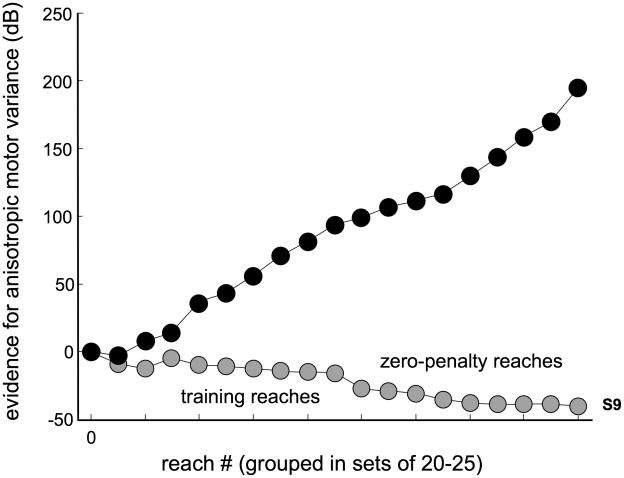Figure 6. Evidence for anisotropic noise.
During the drift session, reaches were perturbed by the manual following response. Evidence values quantify the information available to subjects signifying that the variance along the x-direction is greater than in the orthogonal direction (as opposed to being equal). Positive values are evidence in favor of the indicated anisotropy, and negative values are evidence in favor of equal variances. Each subject is plotted separately. By the end of the training portion of the drift session, the evidence overwhelmingly indicates that motor noise has become anisotropic (for S1–S8). Evidence in favor of this hypothesis continues to accumulate over the course of the session. Note that larger positive values indicate stronger evidence in favor of anisotropic variances, and not a larger anisotropy. That is, evidence values increase as more data consistent with the hypothesis of anisotropic variances becomes available (i.e., due to the increase of the size of the dataset with an increasing number of trials).

